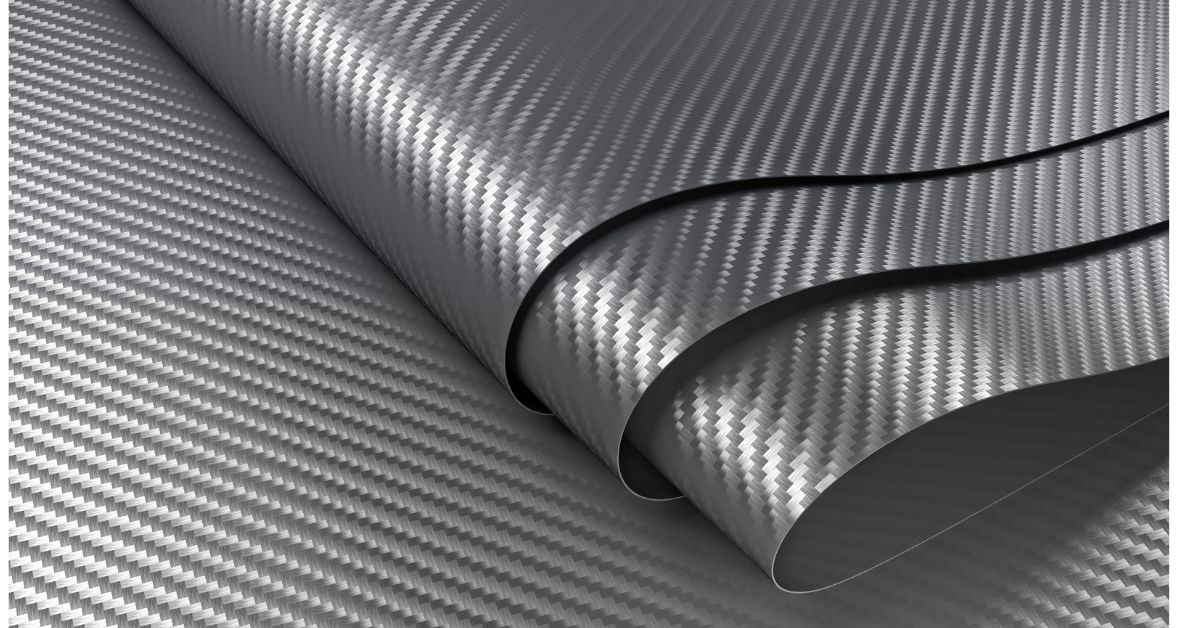Global Carbon Fiber Market: A Fiber of the Future

Welcome to a comprehensive exploration of the global carbon fiber market, a dynamic sector nestled within the realm of manufacturing and advanced materials. In this journey, we will delve into the intricacies of the carbon fiber industry, from its current status and future projections to the key players shaping its dynamics.
Market Overview: Crafting the Future with Carbon Fiber
Carbon fiber, a lightweight and high-strength material, has revolutionized various industries, from aerospace and automotive to sports and renewable energy. With its exceptional properties, carbon fiber is redefining the way we build, transport, and innovate.
Historical Progression: From Laboratory to Landmark
Carbon fiber’s journey from laboratory experimentation to widespread industrial application is a testament to human ingenuity. Initially developed in the mid-20th century, carbon fiber found its first applications in the aerospace industry, paving the way for groundbreaking innovations in aircraft design.
Present Scenario: The Carbon Fiber Revolution
Today, carbon fiber is no longer limited to aeronautics and astronautics. Its lightweight yet robust characteristics have led to its adoption in the automotive sector, where it enhances fuel efficiency and vehicle performance. It’s also a key player in wind energy, sporting goods, and even medical devices.
Future Prospects: Scaling New Heights
The outlook for the carbon fiber market trends is exceptionally promising. The market is projected to grow at a remarkable CAGR of 11.9% during the period from 2024 to 2032. This growth is driven by several factors that are reshaping industries worldwide.
Market Segmentation: Fibers for Every Application
To gain a deeper understanding of the carbon fiber market, let’s break it down into distinct segments:
1. Aerospace and Defense
Carbon fiber composites have become integral to aircraft manufacturing, reducing weight, improving fuel efficiency, and enhancing structural integrity.
2. Automotive
In the automotive sector, carbon fiber-reinforced components are contributing to lightweighting, electric vehicle range improvement, and enhanced safety.
3. Wind Energy
The wind energy industry relies on carbon fiber for lightweight and durable wind turbine blades, boosting energy generation efficiency.
4. Sports and Recreation
Carbon fiber is the choice for sporting goods, from tennis rackets to bicycle frames, offering strength without compromising agility.
Market Trends and Insights: Building a Strong Future
The carbon fiber market is not just about materials; it’s about transformative trends:
1. Sustainability
As environmental concerns grow, carbon fiber manufacturers are focusing on sustainable production processes and recycling solutions.
2. Carbon Nanotubes
The integration of carbon nanotubes with carbon fiber opens up possibilities for even stronger and lighter materials.
3. 3D Printing
Carbon fiber-reinforced 3D printing is enabling rapid prototyping and customized manufacturing.
Analysis of Key Industry Developments: The Carbon Fiber Dynamics
Driving Factors: Several factors fuel the growth of the carbon fiber market:
- Weight Reduction: Industries seeking fuel efficiency and emissions reduction turn to carbon fiber for lightweight solutions.
- Renewable Energy: Carbon fiber’s role in wind turbine blades contributes to the expansion of renewable energy sources.
- Innovative Manufacturing: Advanced manufacturing techniques are making carbon fiber more cost-effective and accessible.
Challenges: The industry faces certain challenges as well:
- High Costs: Carbon fiber remains relatively expensive compared to traditional materials, limiting its mass adoption.
- Recycling: Efficient recycling methods are essential to mitigate the environmental impact of carbon fiber production.
- Supply Chain Dependencies: Carbon fiber production depends on the availability of precursor materials, impacting supply chains.
COVID-19 Impact Analysis: Resilience in the Face of a Pandemic
The COVID-19 pandemic disrupted global supply chains and manufacturing. However, the carbon fiber market showcased resilience, as it played a crucial role in medical equipment, including ventilators, and the production of personal protective equipment (PPE). The market has since rebounded, emphasizing its importance in diverse industries.
Regional Analysis and Insights: A Global Network
The carbon fiber market spans the globe, with significant presence and growth in various regions:
- North America: The United States is a key player in aerospace, automotive, and renewable energy applications.
- Europe: Germany, the UK, and France lead in automotive and aerospace carbon fiber applications.
- Asia-Pacific: China and Japan are prominent contributors, with growing investments in carbon fiber production and applications.
- Middle East and Africa: The aerospace sector in the Middle East presents opportunities for carbon fiber manufacturers.
Key Industry Players: Forging the Future
Let’s spotlight some of the major key players influencing the carbon fiber market:
- Hexcel Corporation: Known for advanced composite materials, Hexcel is a leading player in aerospace and automotive applications.
- Toray Industries, Inc.: A global carbon fiber manufacturer, Toray serves diverse industries with high-performance materials.
- SGL Carbon: Specializing in carbon-based solutions, SGL Carbon contributes to the automotive, aerospace, and industrial sectors.
- Mitsubishi Chemical Holdings Corporation: Mitsubishi Chemical offers a range of advanced materials, including carbon fiber composites.
- Teijin Limited: Teijin’s carbon fiber materials find applications in aircraft, automobiles, and renewable energy.
- DowAksa: DowAksa focuses on carbon fiber production and innovative solutions for various industries.
Frequently Asked Questions (FAQs)
1. What makes carbon fiber a superior material? Carbon fiber’s exceptional strength-to-weight ratio, corrosion resistance, and durability make it a sought-after material.
2. Is carbon fiber eco-friendly? While carbon fiber has environmental benefits, its production can be energy-intensive. Sustainable practices are being adopted.
3. How does carbon fiber recycling work? Recycling typically involves breaking down carbon fiber composites to reclaim fibers for reuse in various applications.
4. What industries benefit the most from carbon fiber adoption? Aerospace, automotive, renewable energy, and sports and recreation are among the top beneficiaries of carbon fiber.
5. How is carbon fiber manufactured? Carbon fiber is produced by heating precursor materials, such as polyacrylonitrile (PAN) fibers, to extremely high temperatures in an oxygen-free environment.
6. What’s the future of carbon fiber in manufacturing? The future holds exciting possibilities with increased affordability, sustainable production methods, and a wider range of applications.



